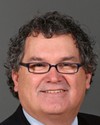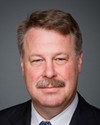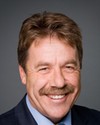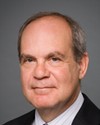A formula determines the funding of NAFO. I believe it's on the basis of three components. The first is that the coastal states, and as I had mentioned earlier there are four coastal states, pay the first 10%. Another 30% of the cost of NAFO is shared equally among all the members of the organization. The balance is then paid on the basis of the shares of fish landings by the members. Given the fact that Canada is a coastal state and has a significant amount of the share of landings of fish from the NAFO regulatory area, I think we pay on the order of about $640,000 of a total budget of about $1.5 million--something on that order. That is all consistent with a formula that has been a standing practice for NAFO.
Evidence of meeting #36 for Fisheries and Oceans in the 40th Parliament, 2nd session. (The original version is on Parliament’s site, as are the minutes.) The winning word was within.
A recording is available from Parliament.




